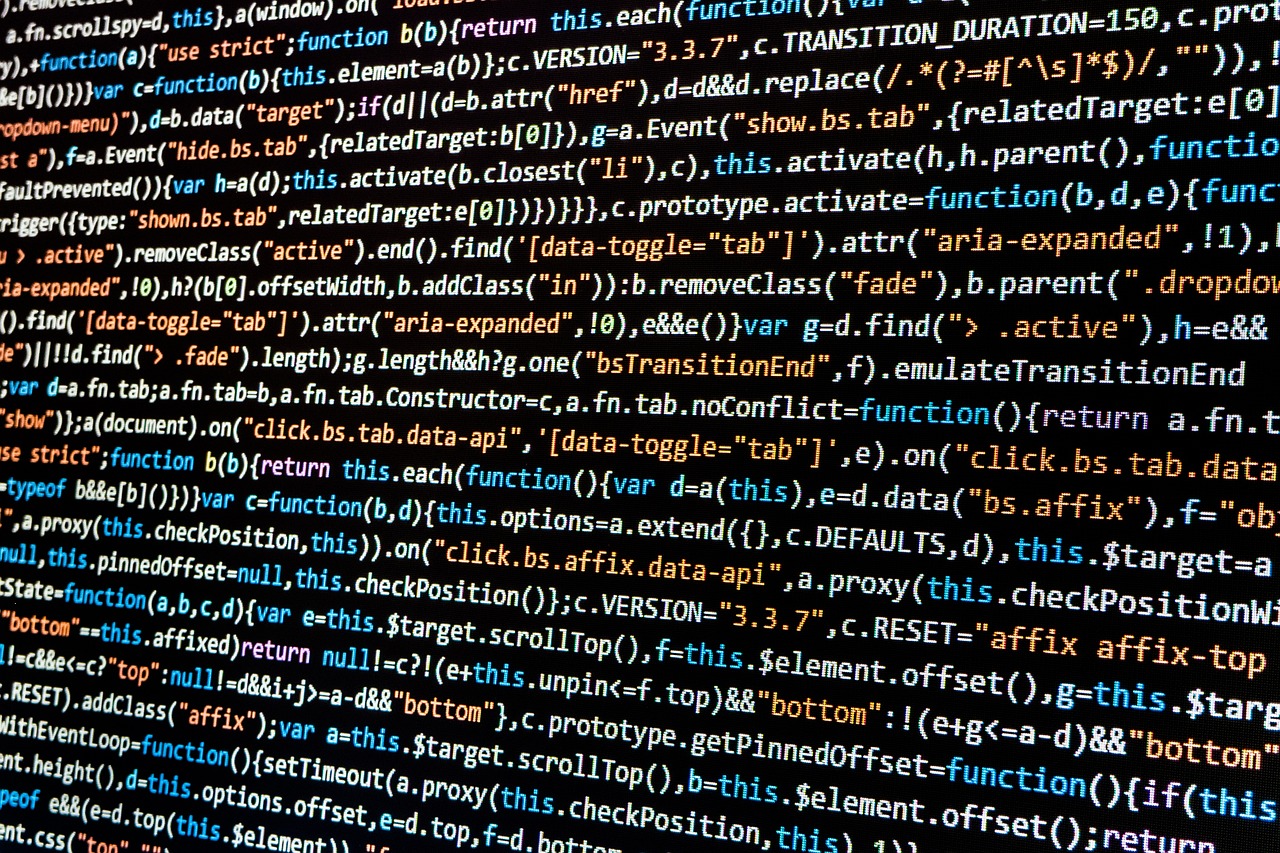
In an era marked by rapid technological advancements, organizations worldwide are continuously seeking ways to optimize their operations. A crucial area of focus is the integration of modern payroll solutions with existing legacy HR systems. This integration is vital for organizations aiming to streamline their human resources processes, enhance efficiency, and improve data accuracy.
Legacy HR systems, often characterized by outdated software and hardware, pose significant challenges for businesses. Despite their limitations, these systems remain integral to many organizations due to substantial investments and the complexity involved in transitioning to new systems. However, the need for seamless integration with modern payroll solutions is increasingly pressing, driven by the desire for real-time data analytics, enhanced regulatory compliance, and improved employee experience.
Challenges of Integrating Payroll Solutions with Legacy Systems
Integrating modern payroll solutions with legacy HR systems is not without its hurdles. Some of the most common challenges include:
- Data Compatibility: Legacy systems often use outdated data formats that can be incompatible with new payroll solutions, necessitating data transformation processes.
- System Reliability: Many legacy systems lack the robust security features required to protect sensitive payroll data, raising concerns about data breaches.
- Technical Expertise: The integration process may require specialized knowledge of both legacy systems and modern payroll software, which can be scarce and costly.
- Cost Implications: The financial investment required for integration, including software upgrades and staff training, can be significant.
Strategies for Successful Integration
To mitigate these challenges, organizations can adopt several strategies to facilitate successful integration:
- Comprehensive System Assessment: Conducting a thorough analysis of existing systems to understand their capabilities and limitations is crucial before initiating integration.
- Incremental Integration Approach: Gradually integrating components of the payroll solution can help manage risks and reduce disruptions to business operations.
- Utilizing Middleware Solutions: Middleware can act as a bridge between the legacy HR system and the modern payroll solution, ensuring seamless communication and data flow.
- Collaboration with Technology Partners: Engaging with experienced technology partners can provide the necessary expertise and support throughout the integration process.
Global Context and Trends
Globally, the integration of payroll solutions with legacy HR systems is gaining traction. In regions such as North America and Europe, where many organizations are deeply entrenched in legacy systems, the push for integration is largely driven by regulatory compliance and the need for digital transformation. Conversely, in emerging markets, the trend is fueled by the rapid adoption of cloud-based solutions that offer scalability and flexibility.
The rise of Software as a Service (SaaS) models has also played a pivotal role in this integration. SaaS-based payroll solutions offer the advantage of regular updates and maintenance, alleviating some of the burdens associated with legacy systems. Moreover, the global shift towards remote work has underscored the need for integrated systems that support remote payroll management and employee self-service capabilities.
Conclusion
Integrating payroll solutions with legacy HR systems is a complex yet necessary endeavor for modern organizations. By addressing the inherent challenges and leveraging strategic approaches, businesses can achieve a seamless integration that aligns with their operational goals. As the global landscape continues to evolve, staying abreast of technological advancements and trends will be crucial for organizations seeking to maintain a competitive edge in the dynamic world of HR and payroll management.
















